
Foods containing carcinogens... Prepared by Dr. Abdel Moneim Sedky, Professor at the Agricultural Research Center - Egypt

- Europe and Arabs
- Monday , 30 September 2024 6:59 AM GMT
A new study has found that nearly 200 chemicals linked to breast cancer are used in the manufacture of plastic food packaging and cutlery, with dozens of these carcinogens leaking into the human body. There is strong evidence that 76 known or probable carcinogens among food contact materials recently purchased worldwide can be found in humans.
Removing these known or suspected carcinogens from the food supply would significantly reduce the risk of cancer. Regulators around the world have classified 40 chemicals recently discovered in food packaging as hazardous. Many of these chemicals are already classified as hazardous to human health, yet they are still allowed to be used in food contact materials, allowing them to leak into the food we eat.
Colon cancer rates are also rising among young people, and it will take time to know which ones have the greatest impact. The U.S. Food and Drug Administration is reviewing and approving food contact materials, . The 2024 study, published in the journal Environmental Health Perspectives, highlighted the number of chemicals we are unintentionally exposed to on a daily basis, including several breast carcinogens that disrupt hormones and damage DNA.
The FCchumon database, created by the Food Packaging Forum, lists food-contact chemicals found in human breast milk, blood, urine, and tissue. A new study compared the list of probable breast carcinogens with the list of chemicals found in food-contact materials to identify probable breast carcinogens that may be entering people’s diets. The majority of the carcinogen exposure came from plastics used in food packaging, with 89 suspected carcinogens found in paper and cardboard packaging.
Some of the chemicals in the study were bisphenols, phthalates, or perfluoroalkyl and polyfluoroalkyl substances (PFAS), chemicals of concern linked to a variety of health concerns. PFAS are used in food packaging to prevent grease and water from soaking into food wrappers and beverage cups, and can also be found in the ink used to print logos and instructions on food packages.
Prevention measures include avoiding burning or roasting food, using a fan when cooking, removing fat and skin from meat and fish before cooking, choosing younger and smaller seafood, and using alternatives such as acrylic, polyester, or polyvinyl chloride (PVC) resins. Organic produce, meat, and dairy products are also recommended over conventional produce due to fewer pesticides.
Also, eliminating plastic containers, storing food in glass containers, not using nonstick cooking containers, and replacing plastic bottles and coffee makers with glass or stainless steel are some steps consumers can take to reduce the risk of toxic chemicals and carcinogens.
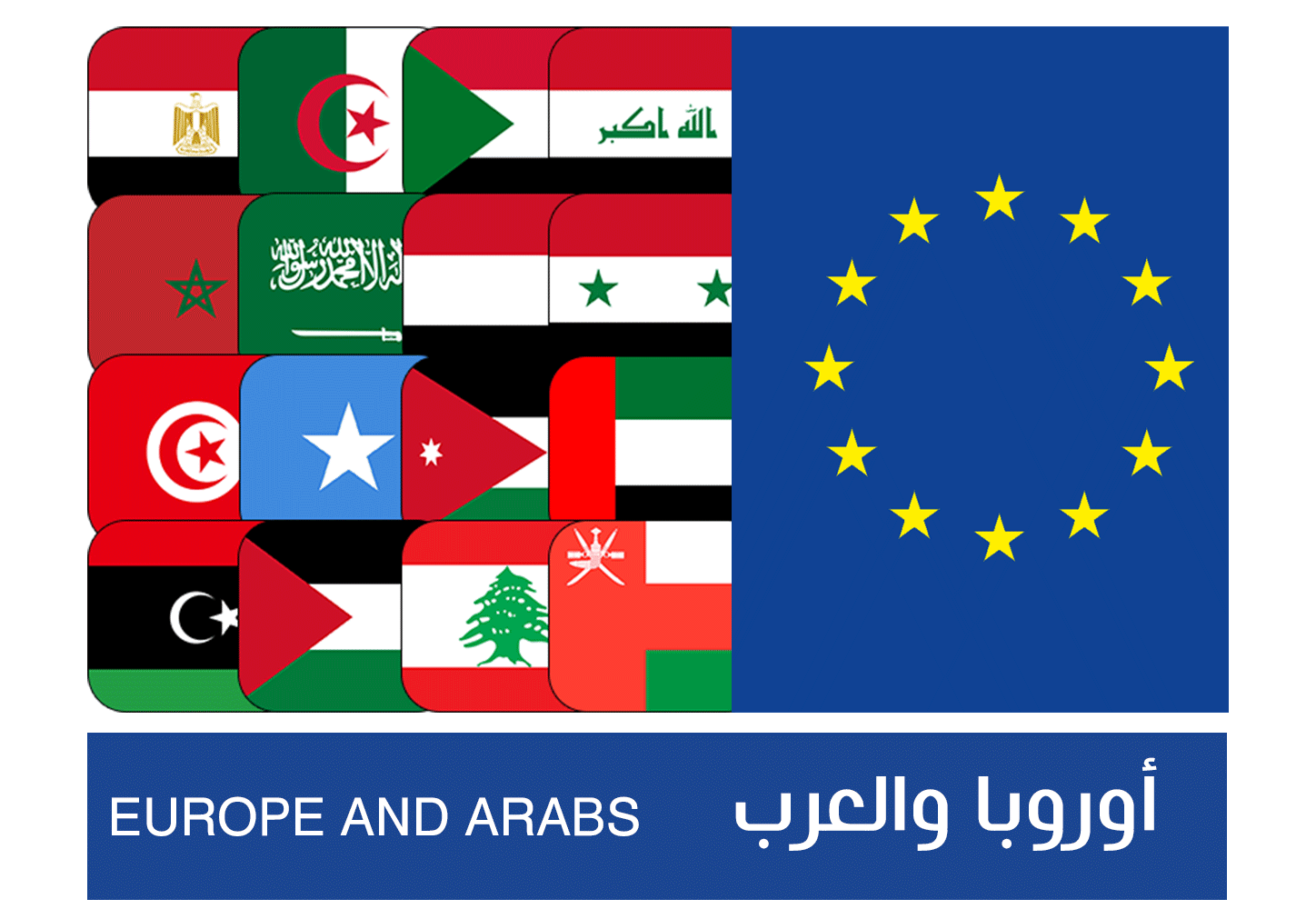

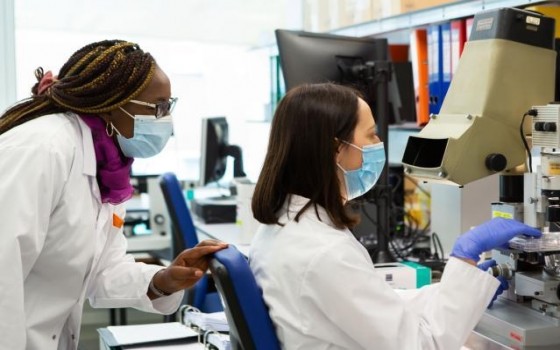
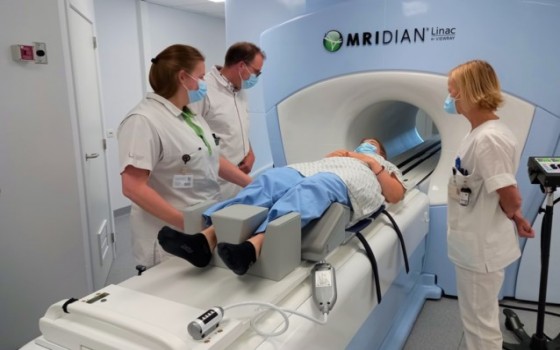
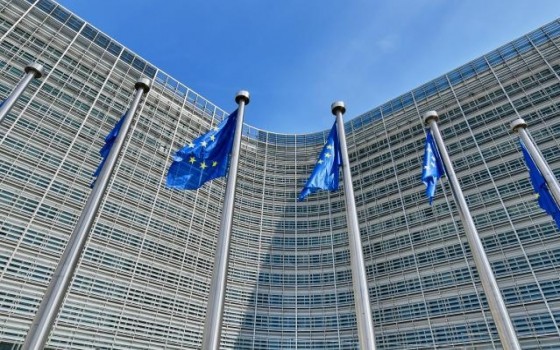
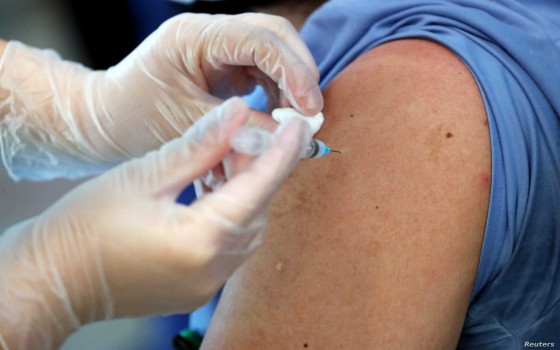






No Comments Found